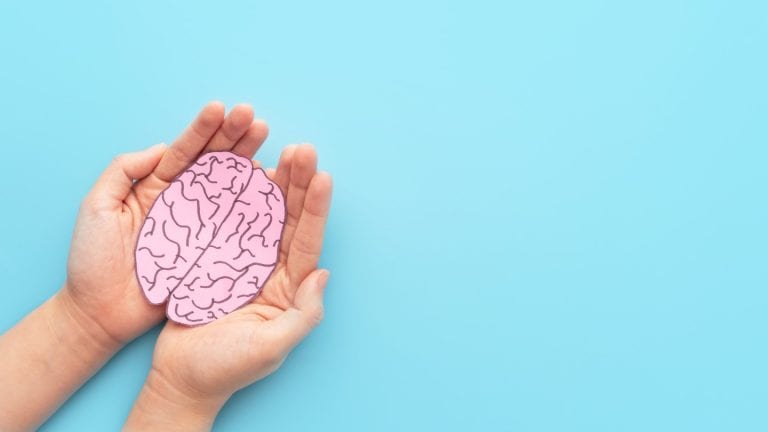How can technology help people who have suffered a brain injury?
There are a large number of different types of brain injuries, of varying levels of severity. Causes of brain injuries include conditions such as stroke, tumours, brain haemorrhages and encephalitis.
The injury may affect just one area of the brain or several areas of the brain.
If you or someone you know has suffered a brain injury, they may experience difficulties moving and walking, communicating, manual dexterity, blindness / low vision or deafness/ hearing issues.
There are a number of different types of appliances which can assist individuals who have suffered a brain injury, to improve or maintain their capabilities.
What is assistive technology?
Assistive technology (often abbreviated as AT) is an umbrella term which may be used to describe any item, piece of equipment or software which is used by a person who has a disability or brain injury. AT can have a huge impact on an individual with a brain injury as it can increase their involvement in aspects of daily living and independence by enabling an individual to perform a task which they wouldn’t otherwise be able to accomplish. Different people will require different types of AT, depending on their injury and needs.
Types of assistive technology:
There are a number of different types of AT’s to assist a range of disabilities such as mobility impairments, visual and hearing impairments and cognitive impairments.
Examples of such AT’s include:
- Wheelchairs, scooters, zimmer frames or crutches to assist individuals with mobility related activities of daily living;
- Individual transfer devices to allow individual with impaired mobility to be moved between beds, wheelchairs, chairs, toilets, automobiles and other support systems;
- Special computers or hardware, such as voice recognition programs, and screen enlargement programs, voice magnifiers and voice recorders to enable people with mobility and vision problems to carry out educational or work-related tasks;
- Education and work aids such as automatic page tuners, book holders, and adapted pencil grips;
- Personal emergency response systems (PERS) which use electronic sensors connected to an alarm system to help manage risk and allow vulnerable people stay independent at home. Such examples include, fall detectors, thermometers or flooding and unlit gas sensors;
- Computer-powered assistive technology to assist with communication;
- Devices to amplify sound or an alternative ways to access information through vision and / or vibration to assist those with hearing difficulties;
- Simple devices such as notebooks to assist with organization and/or memory;
- Devices to assist a person with daily living tasks such as cooking, dressing, and grooming; such as a medication dispenser with an alarm, which can be set to remind a person with memory issues to take daily medication;
- Technology devices to assist attention, memory, self-regulation, navigation, emotional recognition and management to assist cognitive processes.
If an individual has suffered a brain injury, they may have a professional carer or speech language therapist, occupational therapist, vocational therapists and/or another type of professional who can assist them with choosing the correct technology to assist their individual needs.
Breakthroughs in technology;
Technology is a rapidly changing and growing area. As technology is evolving, the use of robots and technology in health care has also developed and there have been a number of advancements in robotic technology which have been used in rehabilitation therapy for disabled individuals, which may assist both cognitive injury and paralysis. Such examples include a robotic exoskeleton which is the first of its kind, which may assist those who suffer from a spinal and neurological injury.
As part of a new technology being developed by researchers in Germany and Korea, the exoskeleton is a two-armed, robotic device which fits around a man’s hips and legs. There is another part which is a dark cap on the individual’s head, covered with electrodes that facilitate the connection between the brain and the machine. The device allows a full range of movement, delivering full upper-body rehabilitative therapy using natural motion and customizable pressure and force. Scientists think that the new mind-controlled device could one day be used by people who cannot walk.
How can we help?
If you or a loved one has suffered a brain injury as a result of clinical negligence we may be able to assist by claiming compensation to pay for aids or equipment recommended by a specialist.
If an interim payment is obtained then if appropriate the money may be used to pay for specialist therapy, and / or to buy the aids, equipment, or specific technology which a specialist independent expert has recommended.










